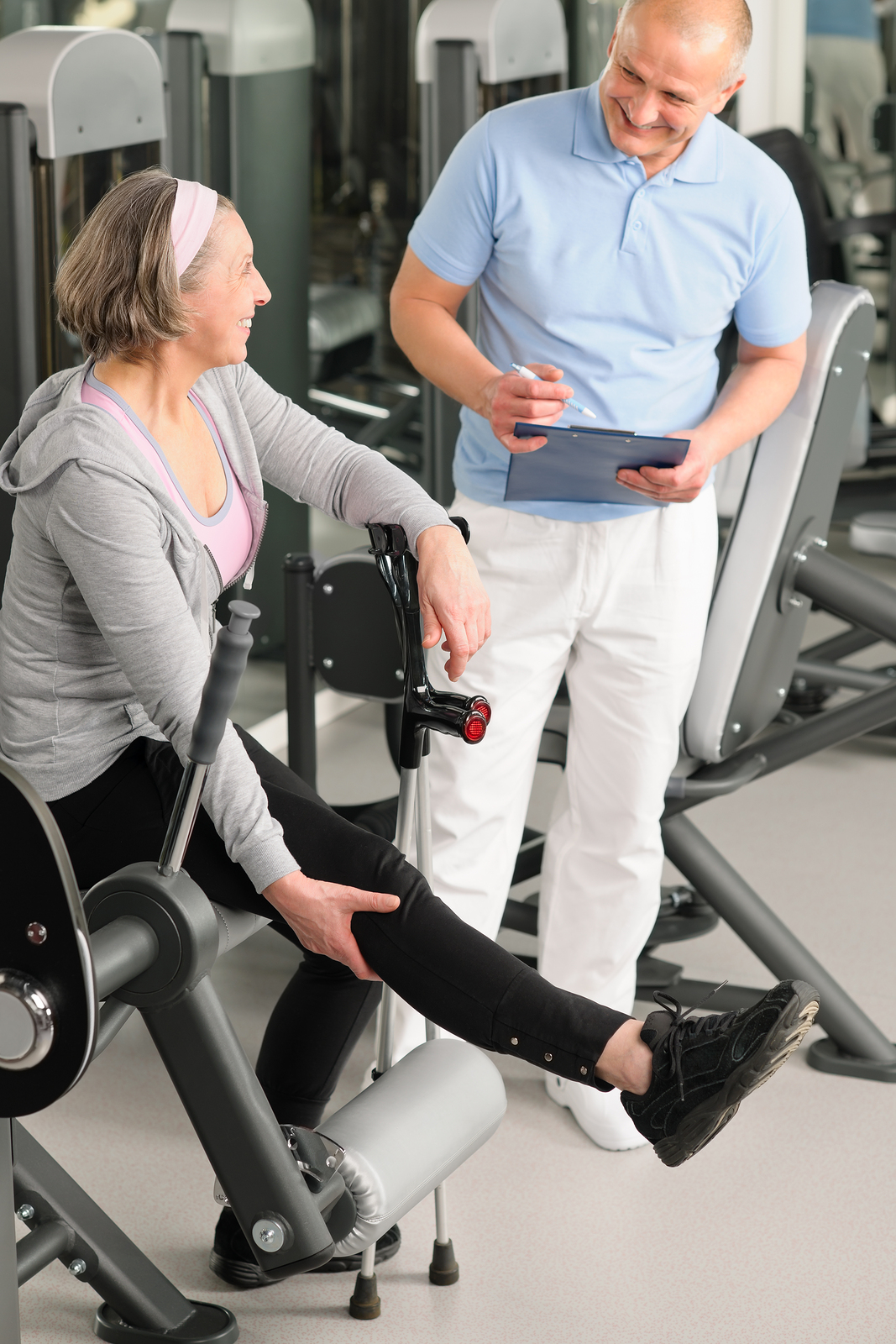
Regenerative medicine refers to the medical field which uses cells, tissues or organ substitutes to restore the normal functioning of the patient’s injured or disease-affected body. The goal of regenerative medicine is to help the body heal itself more effectively.
Regenerative medicine refers to the medical field which uses cells, tissues or organ substitutes to restore the normal functioning of the patient’s injured or disease-affected body. The goal of regenerative medicine is to help the body heal itself more effectively.
Regenerative medicine refers to the medical field which uses cells, tissues or organ substitutes to restore the normal functioning of the patient’s injured or disease-affected body. The goal of regenerative medicine is to help the body heal itself more effectively. A very popular regenerative procedure is the introduction of stem cells into the body is which aims to replace or repair tissue that has been lost due to injury, aging, or disease. In order to achieve this and in order to monitor progress the biomaterial (used to bring about normal functioning of a patient’s organ or tissue) needs stimuli. The stimuli can have various purposes. The stimuli can be used to test if a transplanted organ is interacting normally with the host body or it can be used to train a body to effectively integrate donor transplants in a functional way.
Physical therapy (PT) is important for anyone considering regenerative medicine. PT is considered important before patients with musculoskeletal problems go in for a procedure such as regenerative injections to their knees or spine. A therapist can help you prepare through recommending exercises and then help you recover through other exercises (post procedure). The key to engaging the patient with the most effective PT is that the therapist and other healthcare providers work together. A patient’s internal vitals are extremely important for them to be able to perform the exercises with the therapist. So if someone has a low hemoglobin level on a certain day he/she would be advised not to attend their PT class; if the therapist is in communication with the patient’s nurse or doctor it will be easier to monitor the patient’s progress and recovery.
Many people opt for regenerative procedures instead of surgery procedures because they consider regenerative procedures to be minimally invasive. Studies have shown that when stem cells are injected into an area with damaged tissue they start growing and differentiating into the tissue of the desired area, resulting in the growth of healthy tissue. On the other hand, certain surgeries can take longer to heal and keep patients from going to work and engaging in physical activities. Musculoskeletal regenerative procedures coupled with PT can be much more practical and less limiting. The goal of PT in musculoskeletal regenerative rehabilitation is to keep the patients motivated, mobile and as strong as possible. Often patients will become dependent, weak and depressed due to their illness. PT ensures that through group or individual therapy patients interact, exercise, and gain confidence in their abilities.
Changes in the healthcare landscape have changed the way PT is perceived today. Apart from being a major part of rehabilitation science, it is constantly being viewed as an essential component of one of the most futuristic branch of healthcare, regenerative medicine. If you or a loved one if considering regenerative medicine for your musculoskeletal problems it is the right time to research and talk to your doctor about PT options to compliment your treatment. Classical Rehabilitation is constantly engaging its therapists with the latest techniques and trainings that go hand in hand with advanced medicine. Contact Classic Rehabilitation today for your regenerative rehabilitation related physical therapy questions and concerns in our conveniently located locations in Arlington, Bedford or Grand Prairie.









No Comments - be the first.